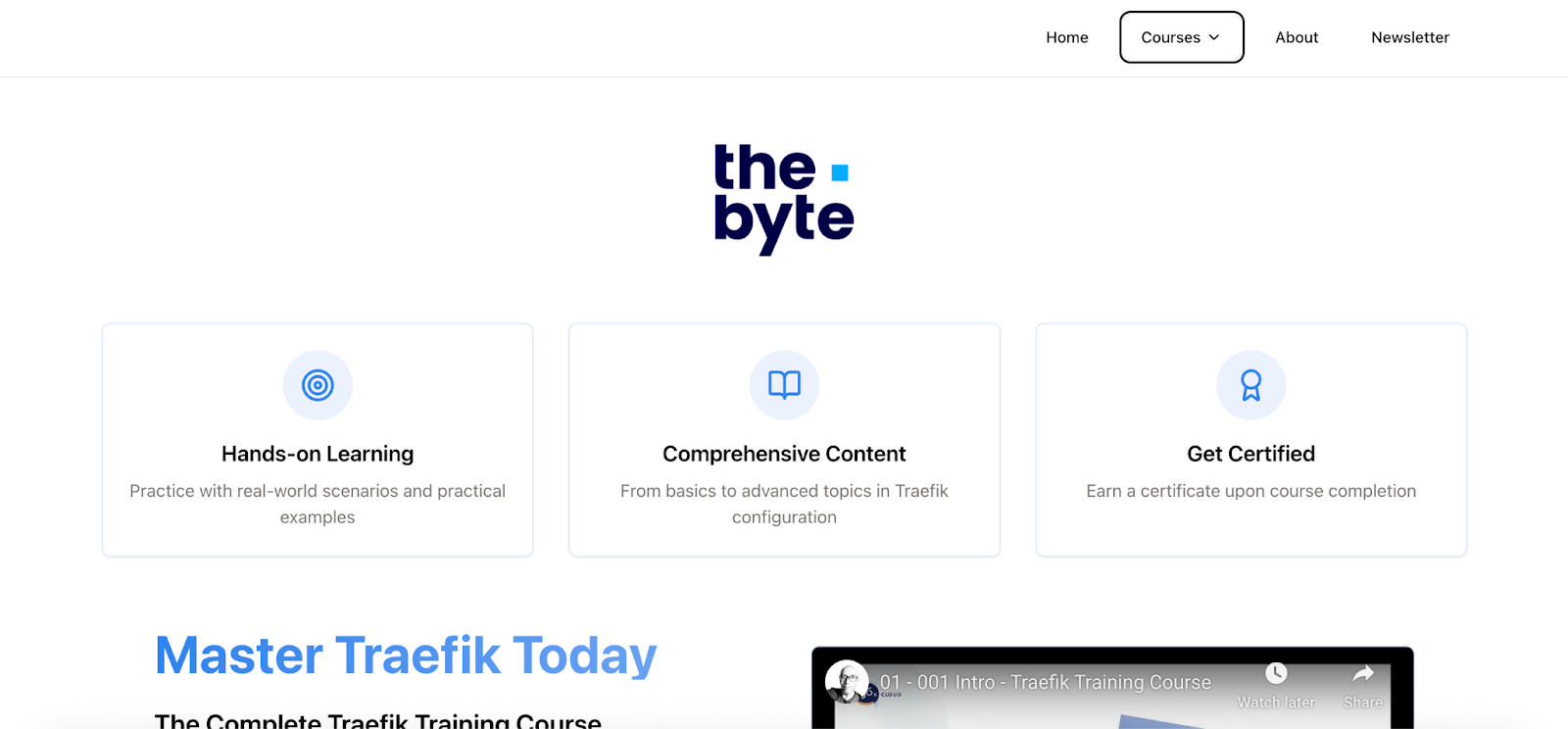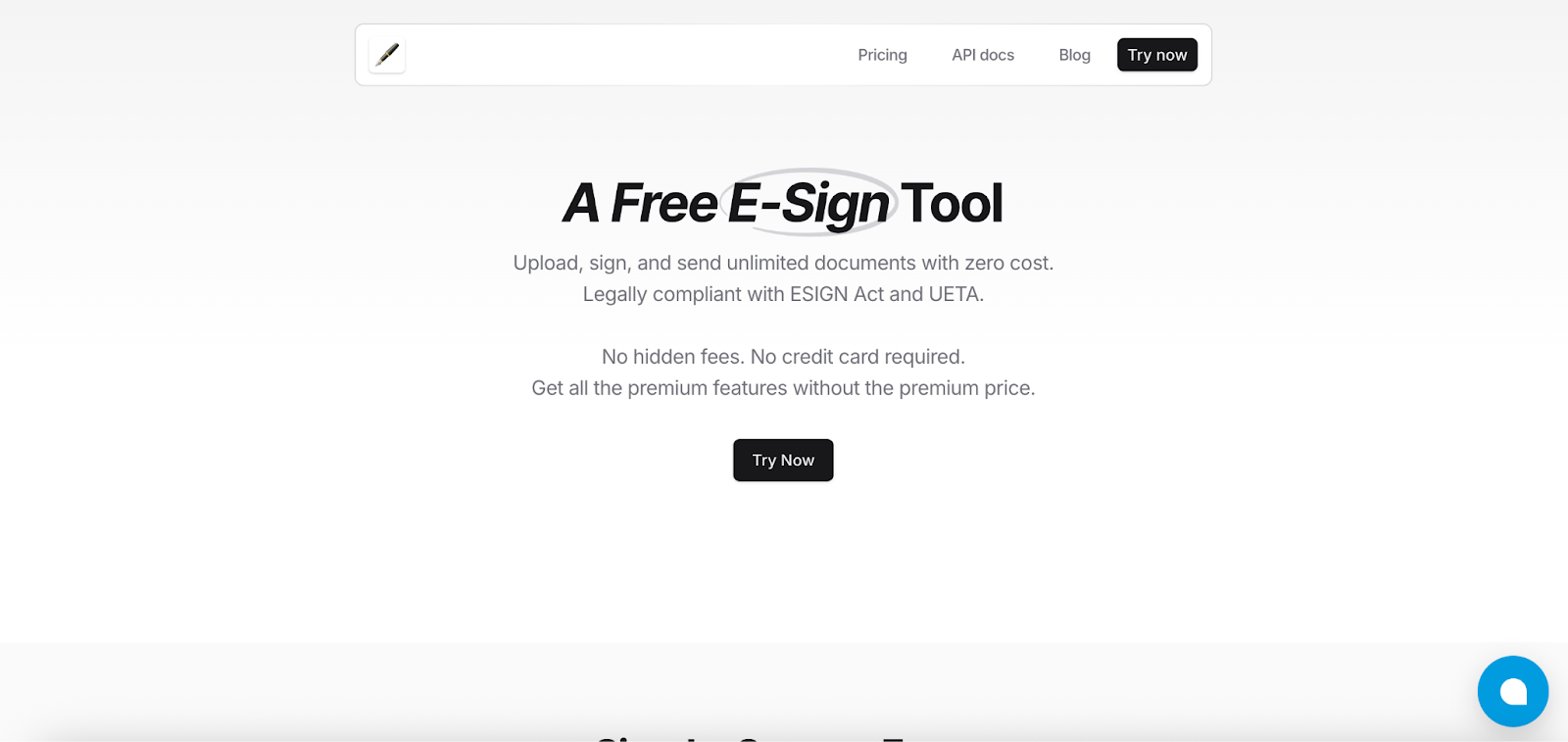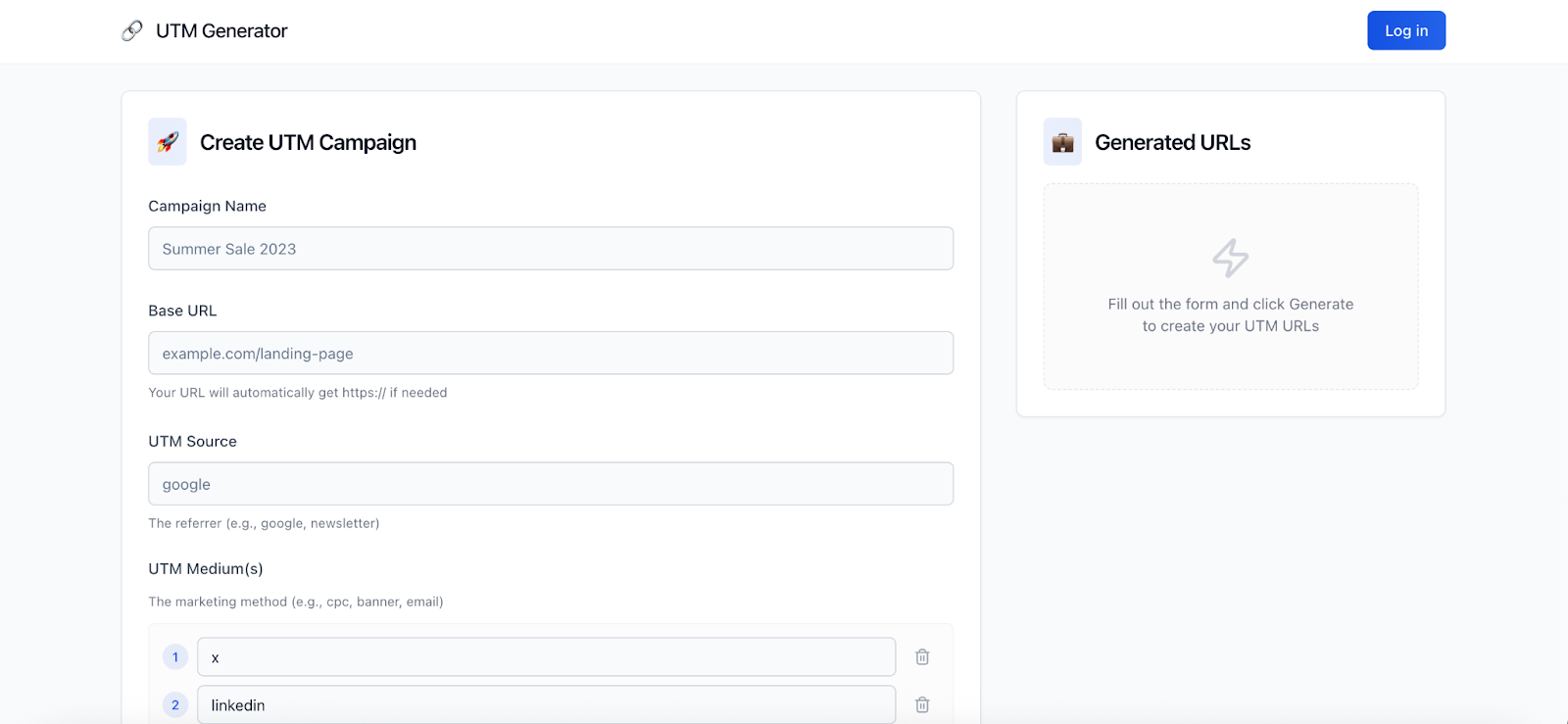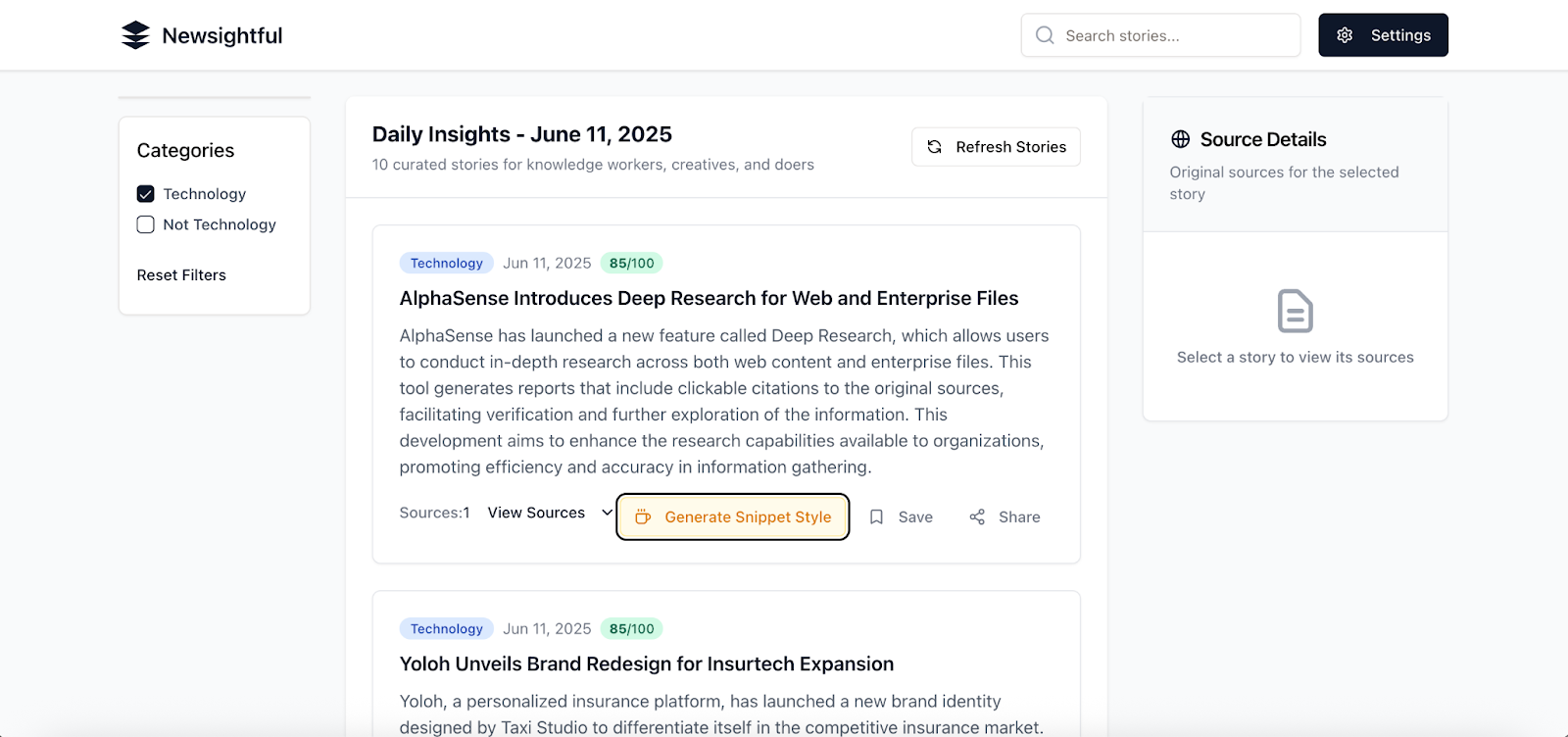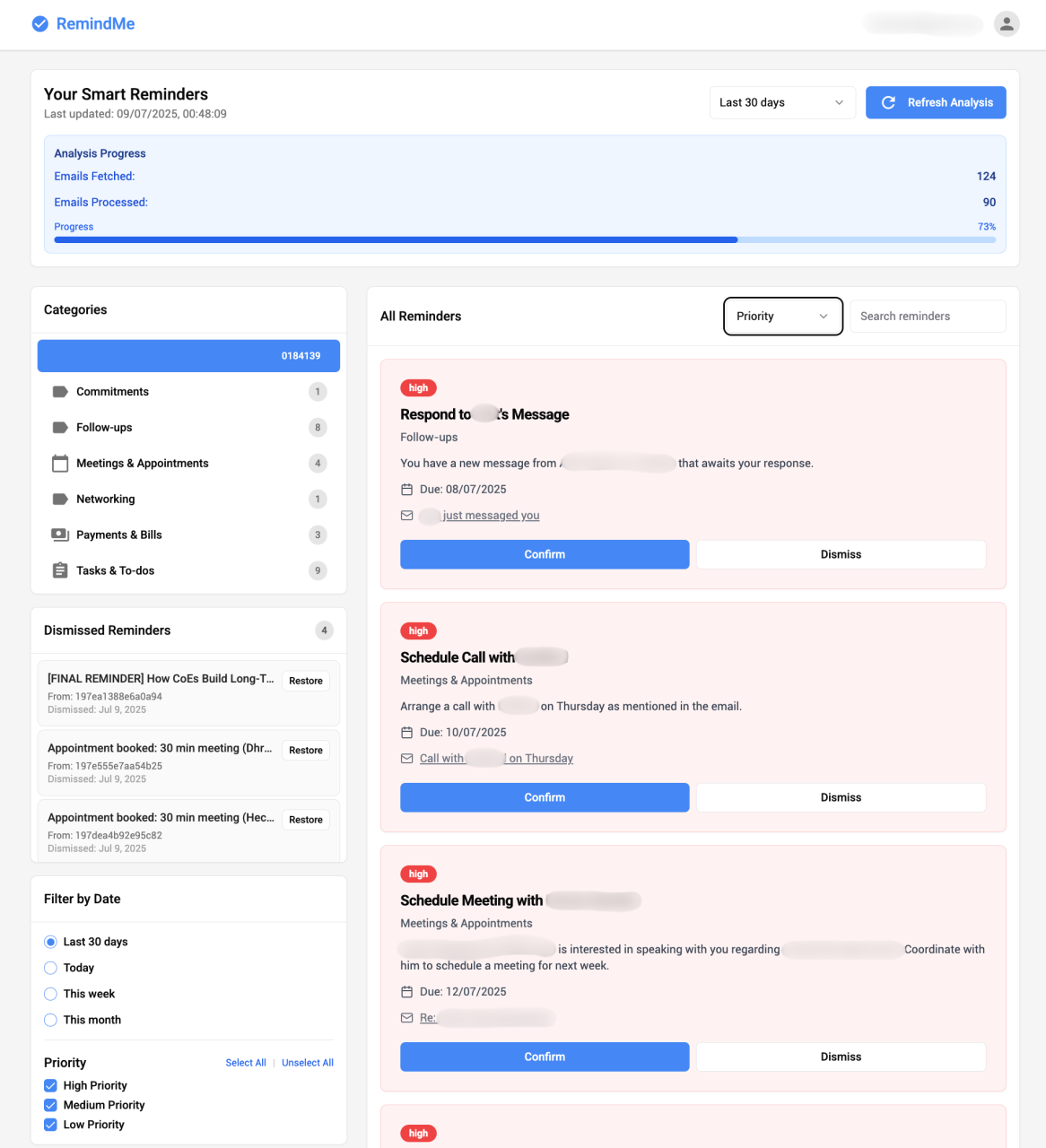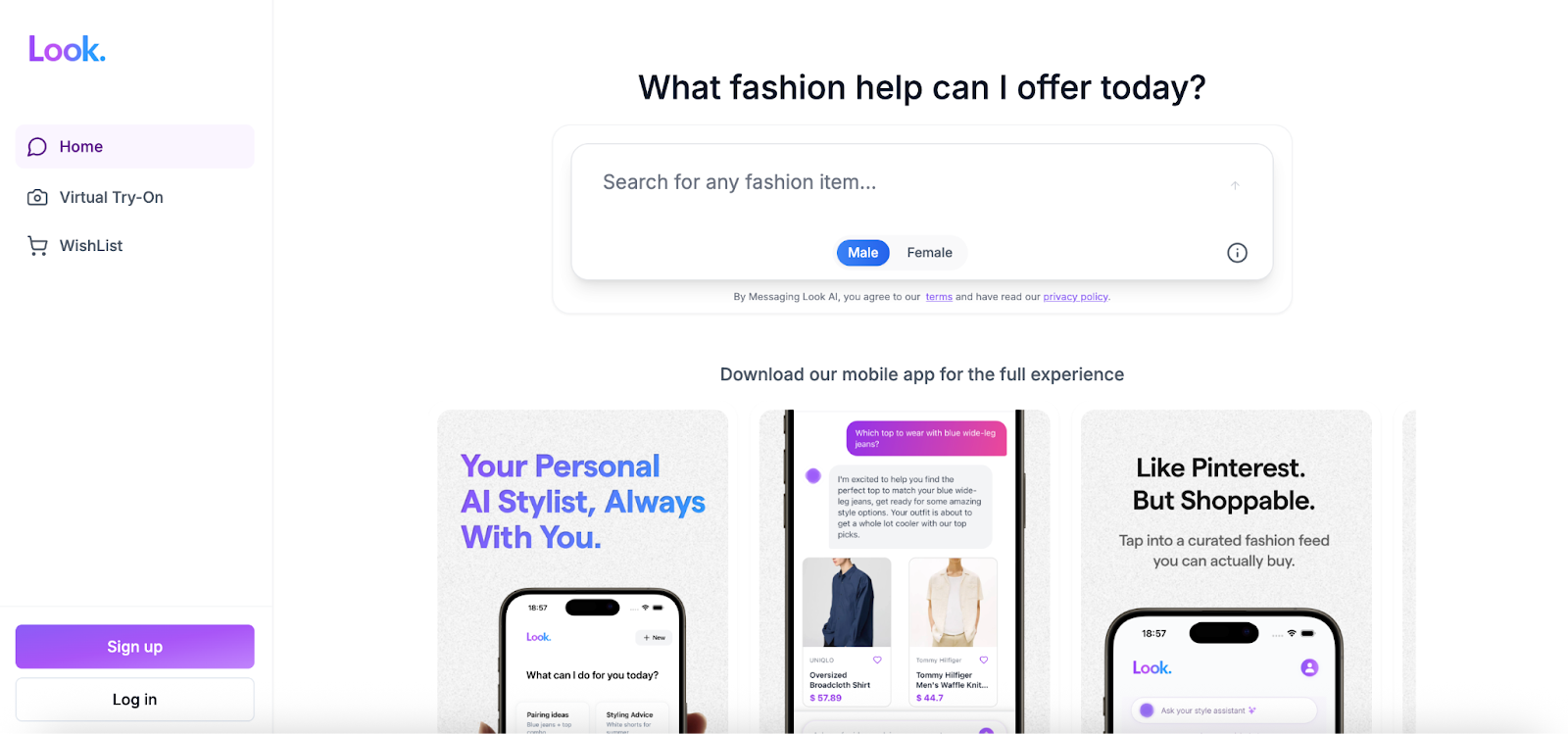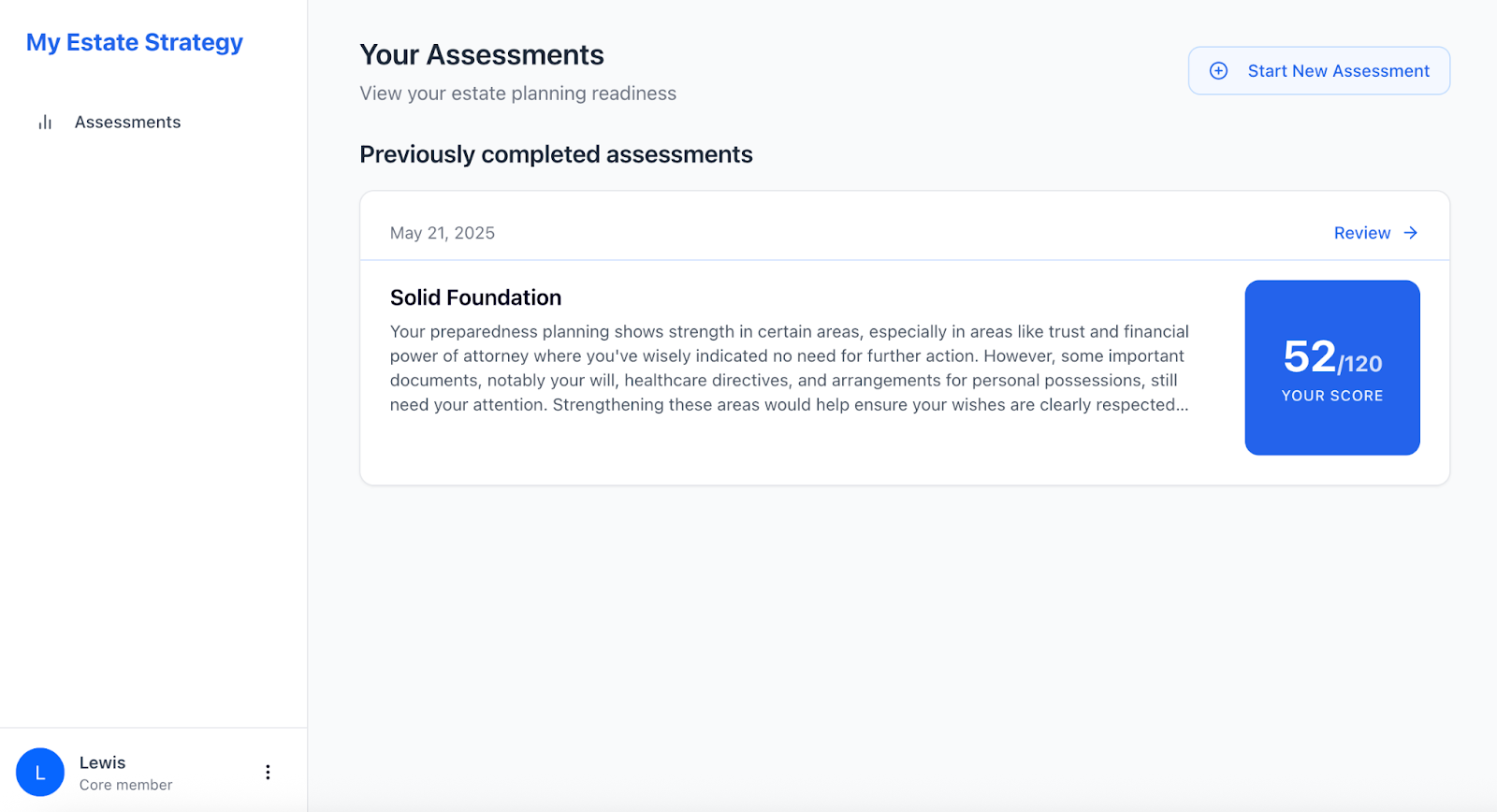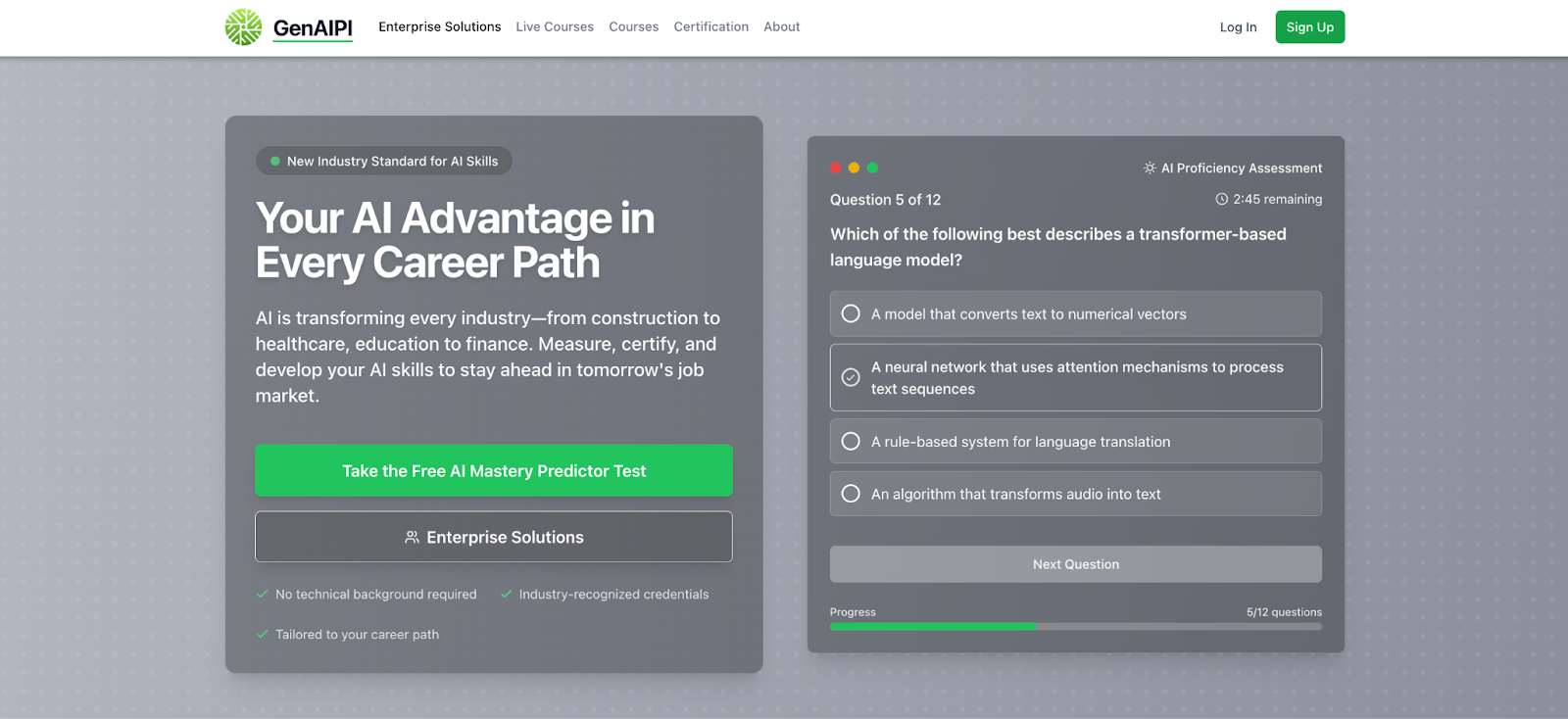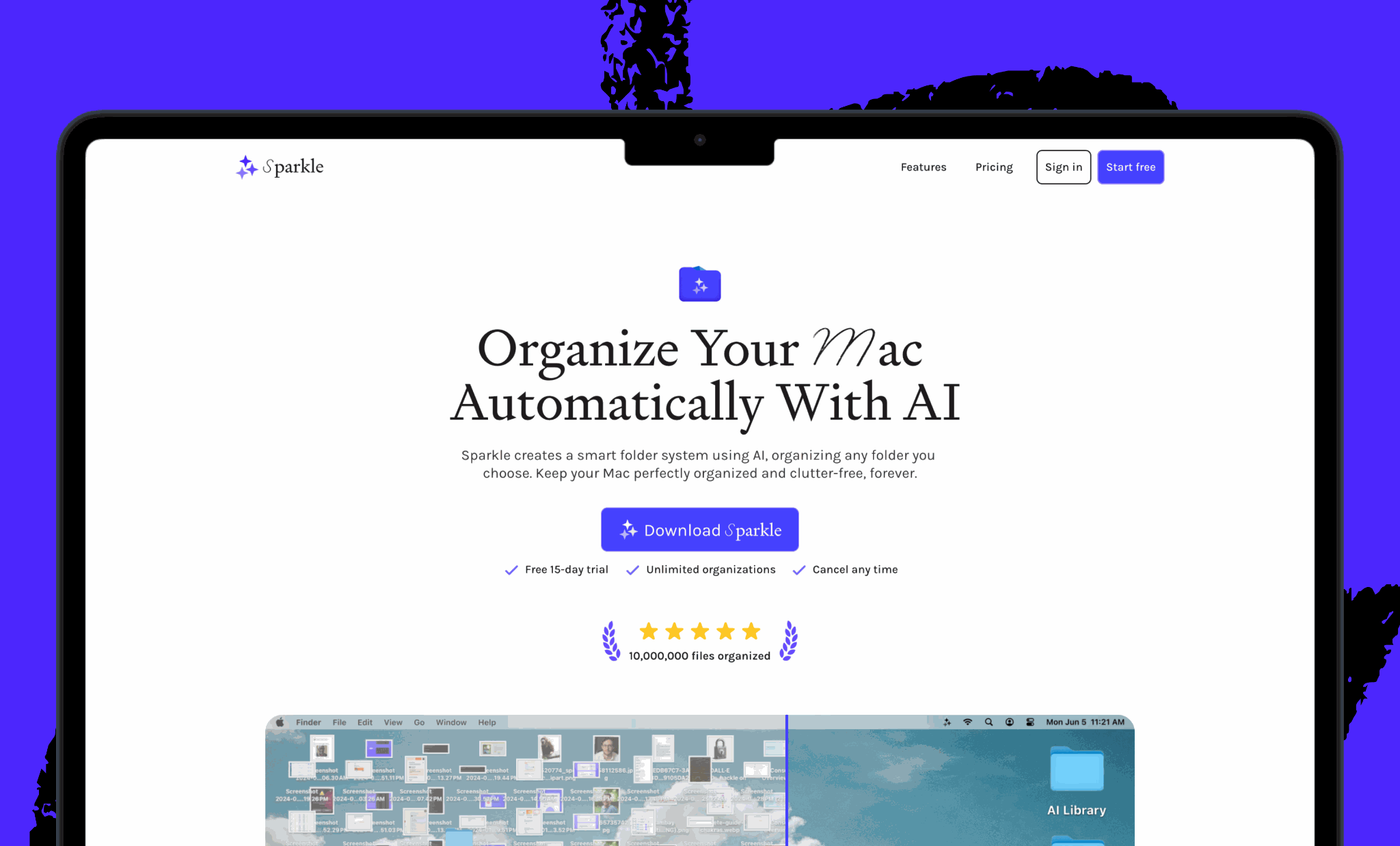During Every's recently completed Think Week, our team addressed some of our own pain points by building internal tools with AI—and in many cases, no coding was required. (Spiral, our content automater, emerged from an earlier one of these sessions.) This wasn't unique to us—Lewis Kallow found 12 examples of people saving six figures and launching products faster by prompting AI instead of hiring developers. Here's how they're building what they need in hours, not months.—Kate Lee
Was this newsletter forwarded to you? Sign up to get it in your inbox.
I recently heard a founder explain how he saved $50,000 in three hours.
He didn’t achieve it by budget-cutting or layoffs, but by prompting AI to build his own custom software tool. And the number of lines of code he wrote by himself? Zero.
It's one of 12 examples I've collected of people who have created powerful internal tools just by prompting AI. They're building tools that replace expensive software, automate workflows, and ship products faster—all without writing code. The results rival apps built by entire engineering teams, but take hours instead of months.
These aren't consumer apps designed for millions of users. They're internal tools for teams and organizations—the unglamorous software that actually runs businesses. And AI has finally made them accessible to anyone who can write a prompt.
As the co-writer of a weekly newsletter, it’s my job to extract hacks and insights for taking action and making ideas happen from the lives of the world’s most successful creatives. Today's examples indicate that many of tomorrow's most successful creative professionals will be those who take advantage of AI to create their own bespoke tools. The case studies I’ve uncovered have all delivered meaningful outcomes—one yielding $100,000-plus in cost savings and another that became an investor-backed startup.
Let’s dive in.
A clean computer that stays clean
Thinkers of all sorts need open space to develop their ideas. But if you’re like us, you probably find that your digital spaces are cluttered more often than not, with Screenshots, PDFs, and downloads. Our AI tool Sparkle cleans your computer so you don’t have to.
The $50,000 SaaS saver
Joshua Wöhle is a six-time founder and CEO of Mindstone, where he helps teams learn the essential skills required to harness AI in their work.
When Wöhle needed a tool to help Mindstone’s community members connect based on complementary problems and skills, he did what he’s always done: He went shopping around for the best software tool.
He researched, selected his favorite option, and was preparing to sign the contract—but that’s when another idea came to mind, as Wöhle himself explained on the Beyond the Prompt podcast:
"I nearly signed a $50,000 SaaS contract until I realized I could build the whole thing myself in about three hours. And the next morning, rather than having signed the contract, which I was initially going to sign the night before, I stopped to try and figure out if I could do it. The next morning, I'd built the entire software and I did it better than I thought the off-the-shelf tool would have done. And it saved me $50,000."
$50,000 saved with just three hours of work—not bad! But did Wöhle really build that app without coding? I reached out to find out more.
“I didn't edit a single line manually,” Wöhle told me. “That doesn't mean it got everything right instantly, but it meant that I only coded the entire thing using AI and iterated my way through getting it to work using AI without ever manually editing the code.”
Replacing an online course platform
In 2019, Brian Christner launched a course on Kajabi that teaches people how to manage website traffic.
“It was generating revenue,” Christner explained on his blog, “but over the years Kajabi's price kept increasing by huge percentages and my profit margins kept shrinking until it went negative.” So he took matters into his own hands and used Relit to vibe code his own course platform.
The result was a tool that cost one-tenth as much with all of the features his students needed and none of those that they didn’t.
“I chose freedom—and my wallet thanked me,” Christner concluded.
Enterprise-grade vendor portal
AI educator Manny Bernabe built a vendor portal that lets you track vendors, manage invoices, and upload contracts.
Building an app like this would have historically cost a minimum of five figures and weeks of development, while a comparable off-the-shelf product could set you back a similar amount in annual subscription fees.
But Bernabe was able to build his portal for a fraction of this cost and time because, as he told me, “the vendor portal template was 95 percent vibe coded with AI. There’s a lot of guidance involved, and it did take me some time going back and forth with the agent. But I’m basically directing the agent, and almost all of the code is generated by Replit’s AI agent.”
Vibes versus a $15 billion unicorn
Michael Luo, a product manager at Stripe, went viral on X for sharing a cease-and-desist letter he received after releasing a competitor to Docusign for free.
“Me being naive,” Luo wrote, “I thought ‘How hard could it actually be to build a Docusign alternative?’ Turns out not that hard. In about a weekend, I built a UETA and ESIGN compliant [statues designed to give electronic records and signatures the same legal effect as their paper counterparts] tool. And it was free. And it cost me less than $50.”
(While the other case studies here were built using a vibe coding platform that caters to non-coders, like Replit and Loveable, Luo is a seasoned software engineer and built it with Cursor.)
Automating away work chores
Everyone who juggles multiple marketing channels understands the frustration of creating and managing tracking parameters (UTMs) to analyze traffic.
When Matt Palmer acknowledged that his manual UTM workflow was time-consuming, repetitive, and sprawled across messy spreadsheets that were prone to error, he decided to vibe code a more elegant solution.
In less than an hour, and with zero manual coding, Palmer had an app that automatically generates and manages perfectly formatted UTMs.
Condensing a workflow from hours to minutes
For a long time, I’ve considered launching a news-oriented edition of the Action Digest newsletter.
What’s held me back is not having enough spare hours in my week to stay on top of all the news, curate sources, and summarize them. Then it occurred to me that I could vibe code an app that took care of this entire workflow.
After an evening of chatting with a Replit’s AI agent, I had an app that pulls in content from sources relevant to our audience via RSS feeds (the agent easily figured out how to do this), uses AI to order those stories based on how interesting our readers would find them, and generates summaries of the articles so I can quickly review them.
Collapsing the activation energy for automation
Karan Peri has led product teams at Coinbase, Twitter/X, and Amazon. He caught my attention when I saw him mention an app he vibe coded that automates a specific email workflow.
Peri’s app goes through his email and pulls out important commitments, like any reminders he needs to be aware of or promises that he has made. The app helps him keep track of these threads.
Prior to building his app, Peri told me this task took “anywhere between 3-7 hours per week,” but stressed that “the value goes far beyond time savings for me as some actions would get dropped or delayed, which is far more costly in the long run.”
Even with a background in computer science, Peri admitted he wouldn't have started the project without assistance. “I don’t think I would have built this if it weren't for the LLMs and the agent," he explained. It wasn't for a lack of skill, but the dramatic difference in effort. AI collapsed a project that "likely would have taken two-plus months to get to the current version" into something he finished in "less than a week."
More than 90 percent of the code was written by AI.
Automating an entire department
Prior to discovering Replit, the mattress company Zinus was paying contractors to manually conduct quality assurance work on their customer service interactions.
Sensing an opportunity to automate this work, leaders at Zinus started by doing things the old way. They shopped around for quotes from external developers to build a custom application and were facing a big bill plus three months of development time.
One of Zinus’s engineers proposed a different approach—why not let internal developers take a stab at using Replit to build the app, just to see how far they could get?
After six weeks of chatting back and forth with Replit’s AI agent, they had an app that automated their entire quality assurance process, saving over $140,000 in costs and building it in half the expected time.
"When the team first saw it,” one engineer explained on Replit’s blog, “they were just surprised with how fast we were able to produce results. That gives us more time for extra feedback and implementing more stuff that they want."
Vibes → validation → valuation
When Gustav Linder had an idea to build an AI-powered fashion website, he had never written a line of code in his life. Undeterred by his lack of technical ability, he turned to Loveable and vibe coded a minimum viable product for his vision.
The result is "Look," an AI-powered fashion stylist with e-commerce functionality baked in so you can purchase any recommendations you find—built with zero manual coding and 100 percent prompting.
The site attracted users, which prompted investors to back Linder with $500,000. He’s been working on Look full time since April.
From idea to first dollar in four weeks
I can attest to Linder’s playbook firsthand. In March, I was hired by a startup to build an MVP for an AI estate planning application. While I do have some coding experience from building my own iOS app over the past two years, I have never built a web application.
Just by prompting Replit, I built a fully functioning site that had an AI-powered chat window, user authentication, and email integration.
This site is by no means ready to support millions of users, but it was more than sufficient to attract the company’s first paying users, validate the idea, and provide the startup with enough traction to start fundraising.
The three-day founder
Jon Cheney challenged himself in February to build a new business and get his first customer within 48 hours. This challenge was all the more ambitious due to the fact that Cheney can’t code.
Technically, he failed, as it took three days to build GenAIPI—an online AI training school—and another two days to get his first customer.
But one customer soon led to another, and in the first few weeks he made $180,000.
This PRD could have been a prototype
One of my favorite aphorisms I’ve learned from working with entrepreneur Scott Belsky is “a prototype is worth 100 meetings.” He was referring to the fact that a product debate is much more useful when it’s grounded in a tangible artifact rather than an abstract idea.
Vibe coding allows you to create fully functional prototypes in hours or even minutes.
One company taking advantage of this new superpower is Homebase, a company founded by John Waldmann that supplies software to local businesses.
Waldmann recently explained that the Homebase team has traditionally relied on multi-page product requirements documents (PRDs) to pitch new feature ideas. He notes that team members often struggle to fully visualize features just by reading a PRD; plus, they take a long time to read and even longer to write.
Since discovering the power of vibe coding, Homebase team members have largely done away with PRDs. Instead, they build a working prototype for each new feature idea they propose.
“I sat through a roadmap review meeting last week where every single item on the roadmap had a Lovable prototype attached to it,” Waldmann revealed. “Everybody can kind of click on the ideas super fast.”
I asked him how much manual code was required for these prototypes. His answer was revealing. "Almost all of our prototypes are built without any manual coding," he told me. The proof, he explained, is that it's the non-technical people, specifically the "product and design teams," who are the ones most aggressively building them for everything from internal reviews to product discovery.
It’s time to build
An internal tool doesn’t have to be complex or polished to generate significant value, and that’s where we’re seeing AI agents starting to shine. These simple tools can save countless hours, result in major cost reductions, and allow us to bring our ideas to life in record time.
We’ve reached a tipping point where the risk for these use cases has never been lower and the reward never higher. Those who use AI to take back full agency over their work tools, following in the footsteps of history’s greatest innovators, stand to gain an extraordinary competitive advantage.
Lewis Kallow is a writer and iOS developer who contributes to projects focused on AI application development. Follow him on X.
To read more essays like this, subscribe to Every, and follow us on X at @every and on LinkedIn.
We build AI tools for readers like you. Automate repeat writing with Spiral. Organize files automatically with Sparkle. Deliver yourself from email with Cora.
We also do AI training, adoption, and innovation for companies. Work with us to bring AI into your organization.
Get paid for sharing Every with your friends. Join our referral program.
.png)

